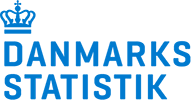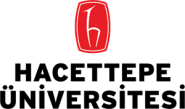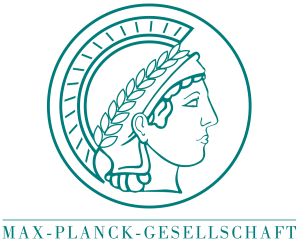PREMIUM_EU’s first year – consortium meeting in Copenhagen
2024 May 08
Our project has just rounded its first year. What happens in a single project year when researching migration’s effect on regional development?

A happy reunion and third physical meeting for the PREMIUM_EU team took place in cool but sunny Copenhagen. These consortium meetings serve the important purpose, of keeping everyone on the same track and timeline. Afterall, working across nine countries in seven work packages, the scope of this project requires a huge amount of cooperation, not least face-to-face hours where pens meet paper, workshops are had, and new team members are introduced.
But first off, informal dinner and drinks were on the program. Optional of course, but most consortium members made this a priority to do some catching up the evening before the official program kicked off.
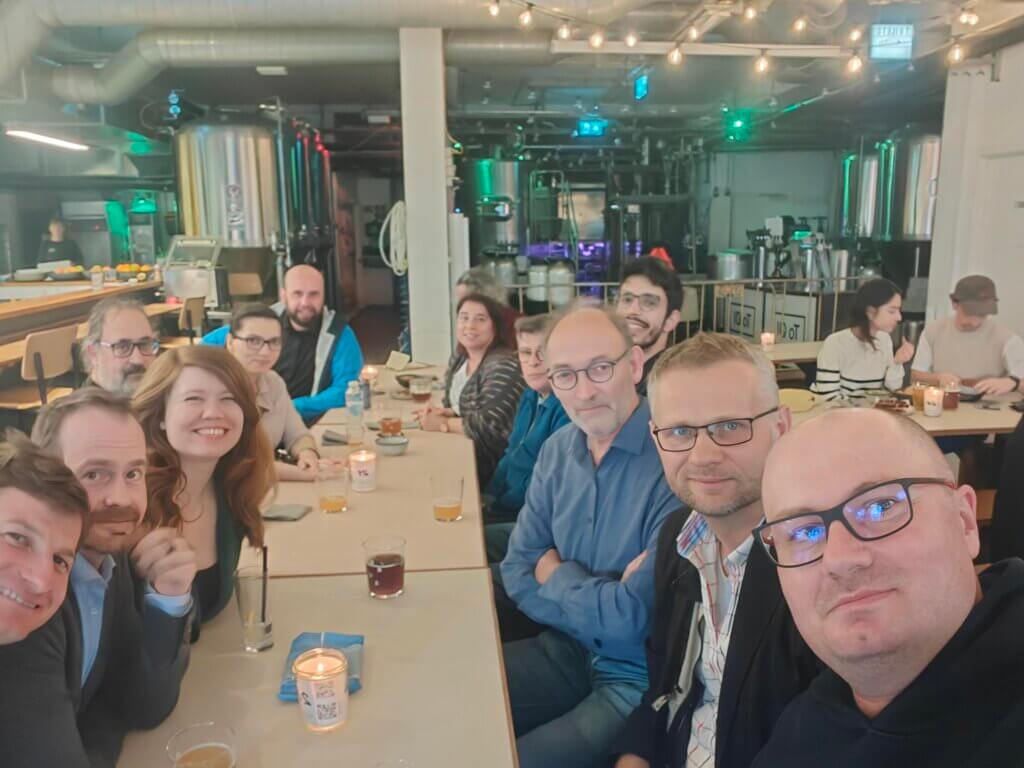
Each work package held a presentation, to both update us on their progress, and to bring up any synergy opportunities or challenges between their tasks and other WP tasks.
Work package 2, lead by the Max Planck Institute brought up an important question for group discussion, “how do you research multiple data sources from countries who do and document things differently? And then ad social media on top of that, to nuance the migration driver knowledge?”. This is essentially the very complex dilemma that WP2 works on.
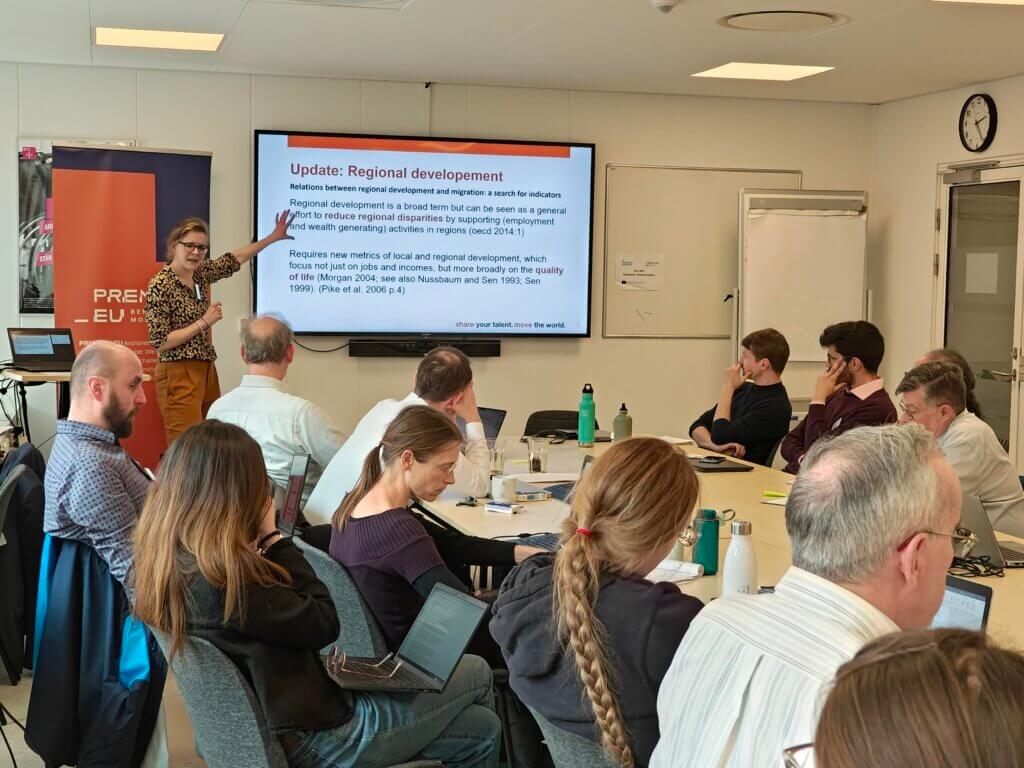
Work package 3, lead by Dilek Yildiz, explained how they are building a national level projection, which stands on the shoulders of our sister-project FUME and WIC’s multidimensional projection models.
“How does quality of life affect migration? What we notice is that traditionally there are optimistic or pessimistic views but we do see developments” work package 4 pointed out, while giving examples. Elders who migrated to Spain have very different data dimensions that working migrants. WP4 is working on how to factor these differences into the project.
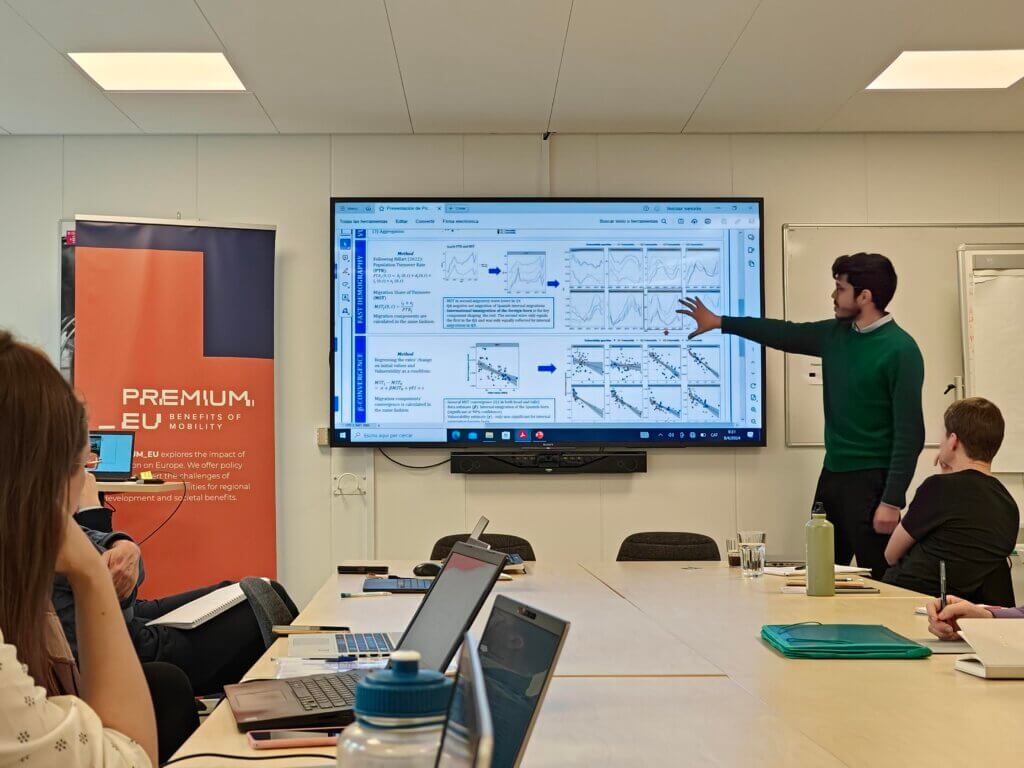
Work package 5 succinctly went through what we are learning so far in the migration case studies, for example: “Muslim migrants and migrant diversity is not new but it’s only now we’re paying attention to it and there is a bigger influx, that we think is a problem. There were Muslim migrant workers in Europe before the 1960’s”. Our team from Hacettepe University of Population Studies expanded the WP5 update with insights from the case studies in Turkey: “Turkish migrants have strong legal and cultural ties both in Turkey and Austria and the Netherlands. Very few migrants return to Turkey”.
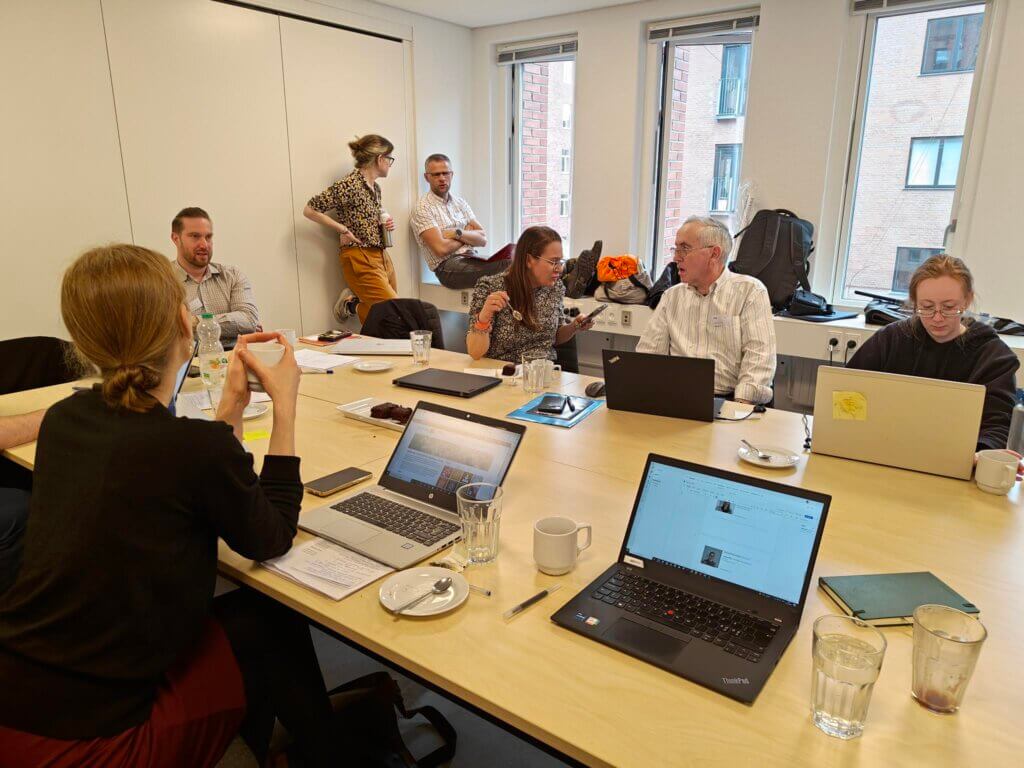
The policy side of the project is handled by WP6 and 7. “If you want to convince people who are not interested in migration research, you need to translate it for them” explained Peter Meister-Broekema, who is working on a method for the policy labs that will begin rolling out this year. They are crucial to the Regional Policy Dashboard – PREMIUM_EU’s main output, delivered by WP7.

The final step in the consortium meeting agenda was a workshop to develop the initial design of the Regional Policy Dashboard. After a presentation by WP7 lead Anne Katrine Ebbesen about how policy makers think and work, followed by an run-through of the data-gathering approach to the dashboard by Becky Arnold from NIDI, Anne and Becky divided the entire PREMIUM_EU team intro smaller groups, to brainstorm challenges, opportunities and draw a prototype of the dashboard, which will be a policy tool that transforms our research into tangible recommendations for regional policy makers.
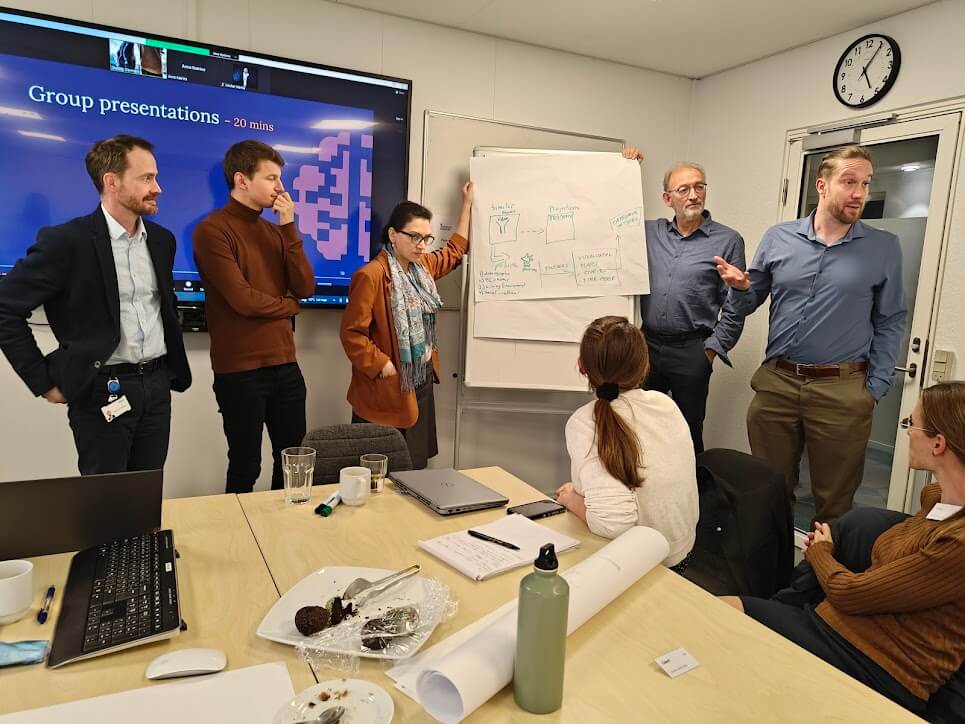
On the social side of things, the consortium mingled during meals, breaks and a project dinner in the city. After a year working together, both long-distance and at physical meetings hosted by changing partners, the team has gotten to know each other much better, fostering friendships and growing each others professional networks.
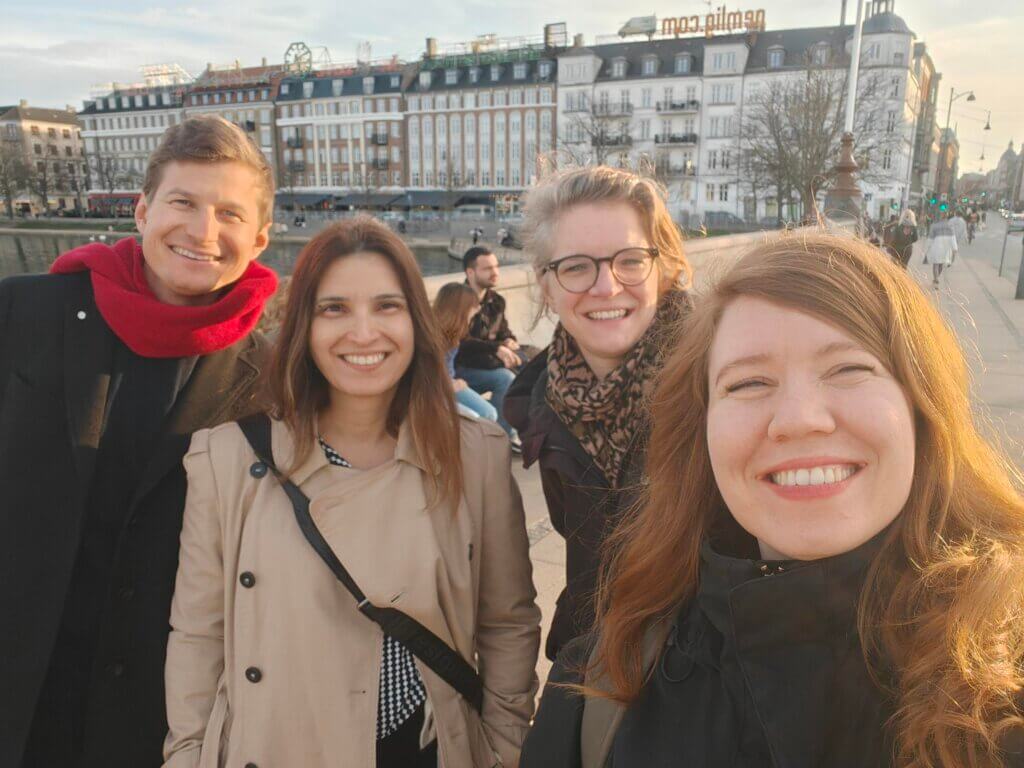
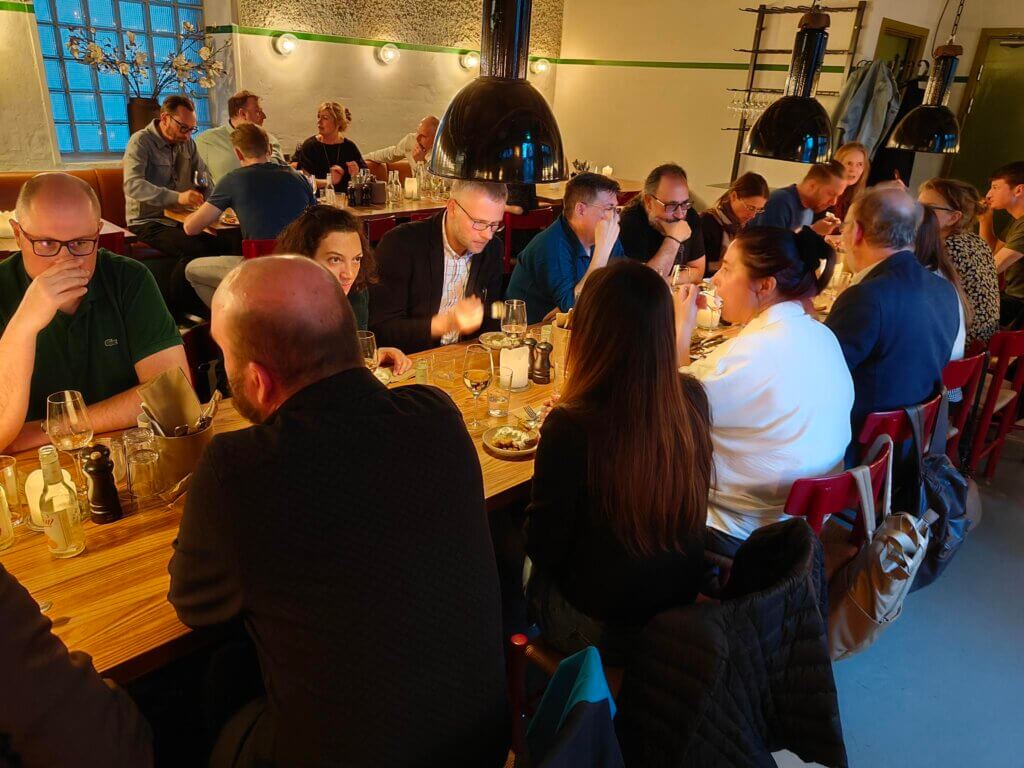
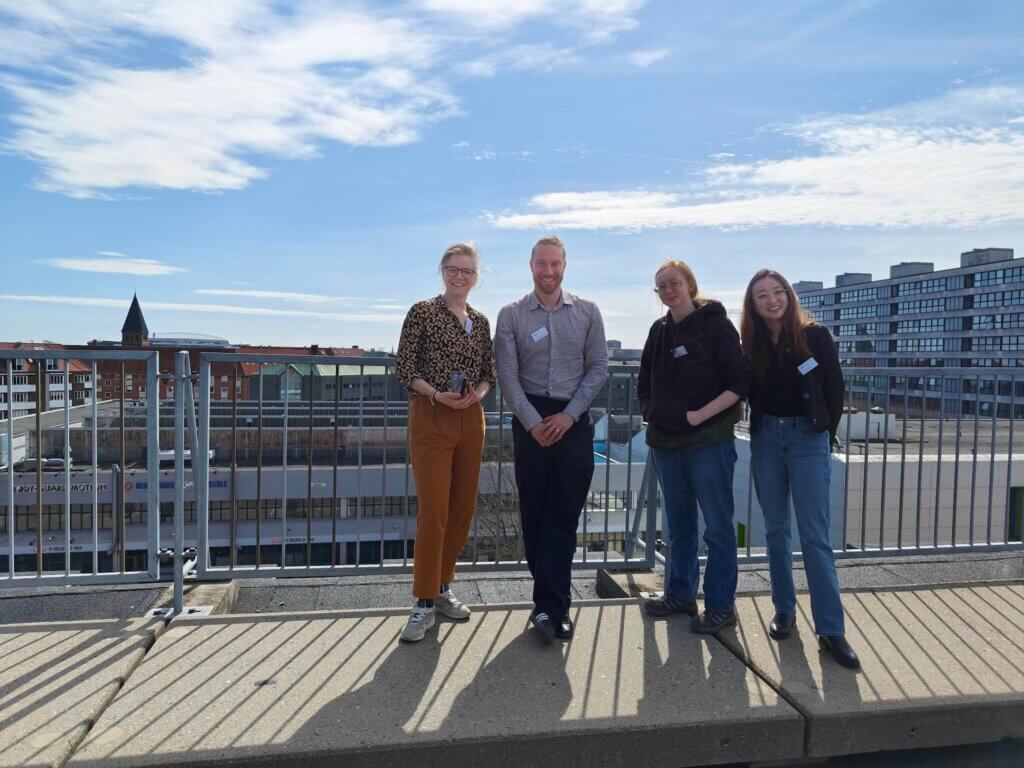
The next PREMIUM_EU consortium meeting will take place in October in Barcelona, hosted by our partners CED. Stay tuned about PREMIUM_EU by signing up to our newsletter, here on the website, or following our linkedin page.

